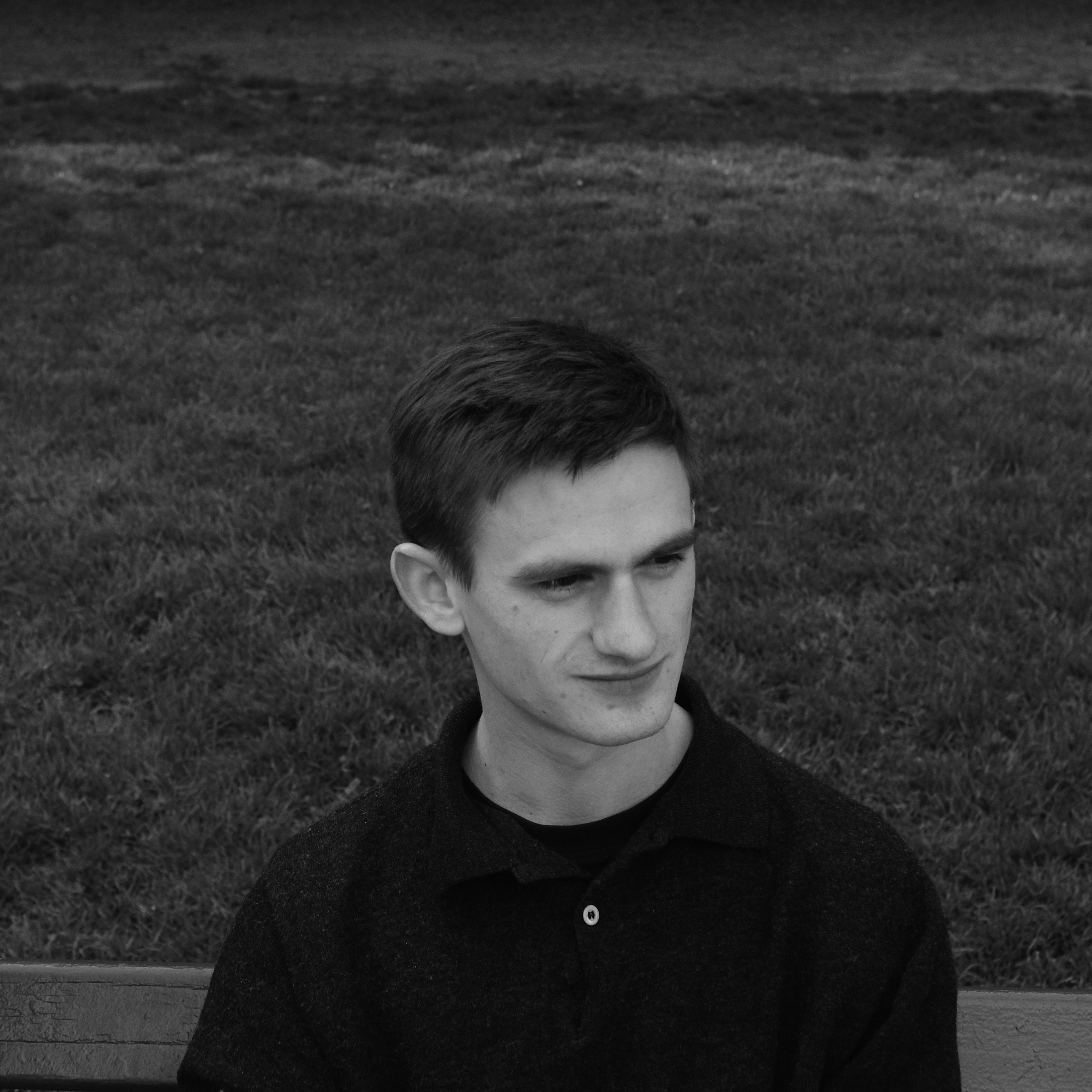205 Corp.
24, rue Commandant-Faurax
69006 Lyon
France
T. 33 (0)4 37 47 85 69
M. contact@205.tf
Newsletter

How did you get involved with typeface design? What led you to this practice?
I designed a typeface for the first time in 2010, during an exchange with the University of Laval in Quebec. My timetable gave me the time to develop a project under the watchful eye of René Lemieux, Director of the Graphic Communication programme. Then, to quickly summarise my path, I studied at the École de communication visuelle of Bordeaux, then at the Typographic creation studio in the École Estienne; I worked at the Typography Cabinet with Ludovic Balland; in the Production Type foundry, founded by Jean-Baptiste Levée; then finally in 2015, I created a Graphic Design studio, Bureau Brut, with Julia Joffre and Camille Prandi. I also think that certain encounters have been very important in my training, I'm thinking of Hugo Anglade, Nicolas Oulès, Simon Masse and many others.
Is there something specific about your approach to typeface design?
I am not totally convinced that there is, because I don't have only one approach. Effectively, my approach varies according to the projects, the commissions, or just because I saw something in a street one morning. I think that the best way to renew one's practice is not to restrict oneself to a type of form or indeed to search for the perfect form. I consider that a drawing or design done at a particular moment represents that moment, and if I work on it again a month later I'll end up taking it in a different direction. This allows me to have an open mind with regard to my approach to typeface design.
What influences you? Are there typeface designers whose work you appreciate in particular?
The very first book that helped me to discover Typography was Fonts & Logo by Doyald Young. The author analyses the Sabon, a typeface that has remained one of my references for a very long time. The work of Roger Excoffon and the Olive foundry constantly comes to mind, I feel very close to his approach and his forms. But I also think that for me the most important influences come from encounters.
If you could only choose one typeface, which one would it be?
Such a choice seems impossible to me, a typeface in itself is not a big deal, it is the use that turns it into a finished object. But, if I absolutely had to choose, I would take the Vendôme from the Olive foundry because it continues to delight me, in its design, its details, its grey, its rhythm.
Is it really possible to create something new in the field of type design?
Typography is a game with rules and conventions. There is no absolute form, only canons established over time and the importance of their uses. As a designer I always try to position myself with regard to these conventions and these canons, to upset them, to go beyond them and to develop them.
How do you begin work on a new typeface? Do you have a particular process?
One must really find the “right music”. Afterwards I draw without references, without models because I prefer to trust what I have in mind, the forms that I have remembered. I only document my work once the project has been started. This allows me to analyse and understand what is intuitive and what is referring to something else.
What is your relationship with the history of typography? What is your relationship with
technology?
I think that it is important to know the major events in the history of typography to be able to understand certain forms and certain movements, but I am not a specialist or historian. I am closer to the amateur, the observer. It is also important to master one's tool (drawing) to avoid being “dominated” by it.
Nonetheless, I pay very close attention so that history and technology don't become a vector for creation as such. The technical challenge can be stimulating and attractive but it shouldn't overpower the design itself. In other words I attempt to be as accurate as possible with regard to commissions or particular uses.
Why have you chosen to distribute your characters and typefaces with 205TF?
The quality of the publications made by bureau 205 can only be a sign of good things to come for 205TF. I am certain that my typefaces are in good hands. What's more, there is an important panel of creators that are embarking on this adventure, and so it is an honour for me to count myself among this gathering of French contemporary creators.
Do you think that typography can save the world?
In as much that music can't save the world but can make it less grim.
Fonts
by Yoann Minet